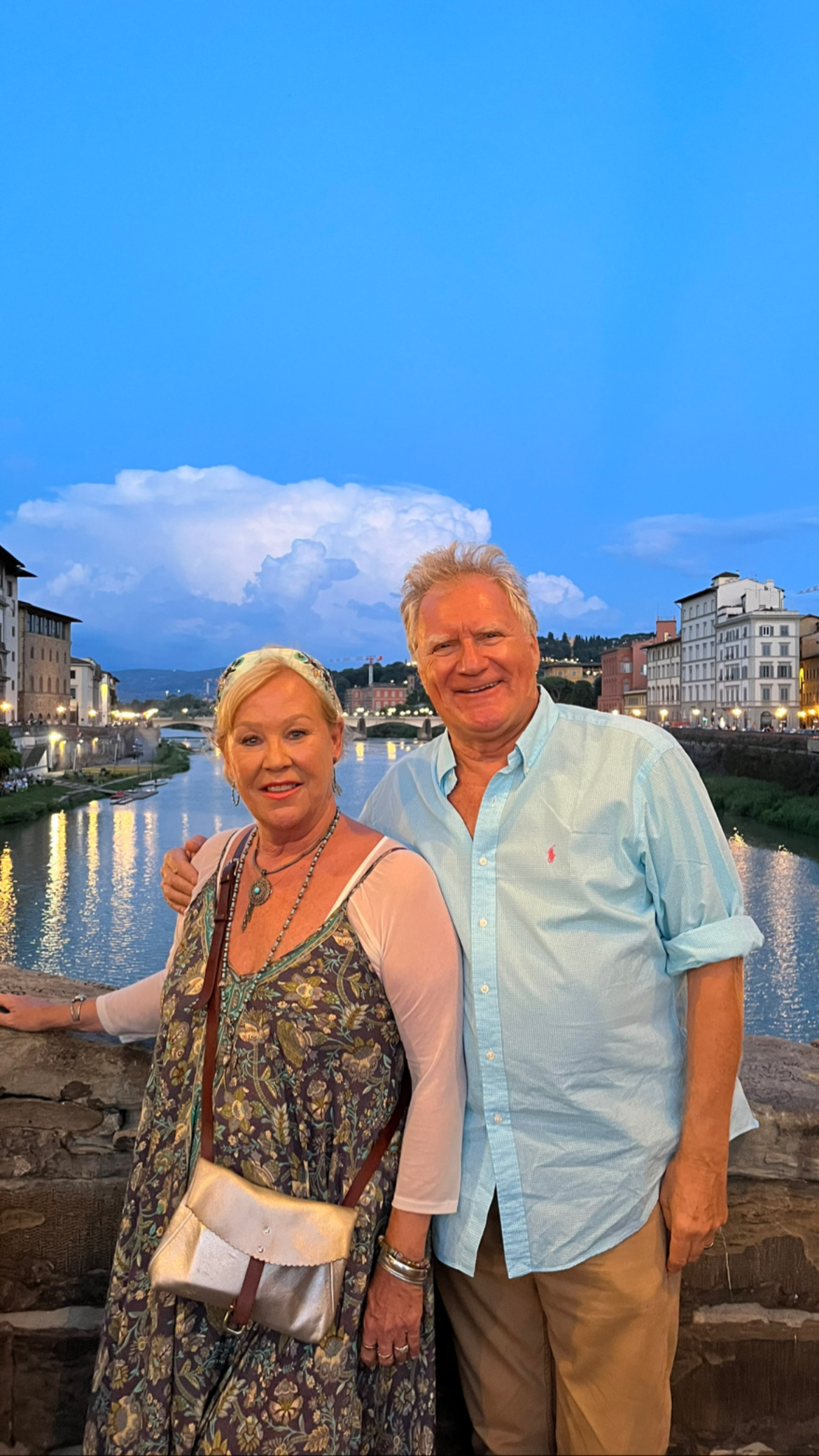7. CHARLESTON , SOUTH CAROLINA
- Des & Sandie Nichols
- Oct 29, 2022
- 2 min read
Updated: Jun 26, 2024
Charleston, a jewel of a town. From the moment you arrive, its charm and colonial character are totally captivating. Everywhere you look, it evokes days of bygone nobility, of architectural grandeur and of bountiful wealth. This is where rich plantation owners and merchants competed to build homes more magnificent than those of their pampered fellows. And somehow it has retained that pride, that peacock display of opulence and the charm of a town that has always been immersed in its very own, colorful history.
Founded in the 17th century, this was another area that the well-meaning but hedonistic King Charles II gave away as largesse to one of his chums. (Charles II was an interesting and popular monarch. He had a French mother and a Scottish father, King Charles I) who had had his head chopped off in 1649 after losing out to that rascal demagogue Oliver Cromwell and his New Model Army. This was at the height of the English Civil War, so Charles II's enthronement was understandable delayed. Unfortunately, in spite of his best efforts with his Queen, Catherine of Braganza, he was unable to produce and heir to the throne. However, he never gave up practicing and managed to sire at least a dozen illegitimate children. It was probably this procreative pastime that got him the nickname The Merry Monarch).
But back to Charleston. The imperial British aristocratic confidence stamped its mark here and the houses are noble, bold and beautiful. The popular design of the 'sideways' houses (or single houses as they are known) was a style to maximize the size of the houses built on the lots of narrow frontage that had been laid out in the early years. The 'front' doors on the street deceive. They don't lead into sumptuous hallways but open up on to the balconies from which you enter these magnificent mansions.

A typical Charleston sideways house
To walk the old part of town is to enter a golden era. It exudes indulgence. Sadly, the wealth was built up on the backs of slaves. Indeed, Charleston before the American Civil War had the only majority enslaved population of any city in the new, independent United States.
But today it is a living wonderland. You never feel the urgency of modern life. The people are courteous and calm and visitors have always been made welcome. And the food - this town is a culinary feast, with arguably some of the finest fare in America. One truly notable and unmissable place to eat is Husk in Queen St. It has now built a formidable reputation and it does not disappoint. They grow a great deal of their own food in their garden, reviving heritage vegetables and grains that once had popularity in the region but had subsequently been lost to the onslaught of the supermarket and industrial farming. Here's a concept - they adapt their menus to the vegetables and fruits that are in season. And they still find room for their Southern specialities: glazed crispy pig's ear lettuce wraps, wood-fired White Stone oysters, cornmeal-fed catfish, Southern-fried chicken skins. A delight.
(Below) A selection of Charleston houses and the more Bohemian French Quarter










Husk Restaurant




Comments